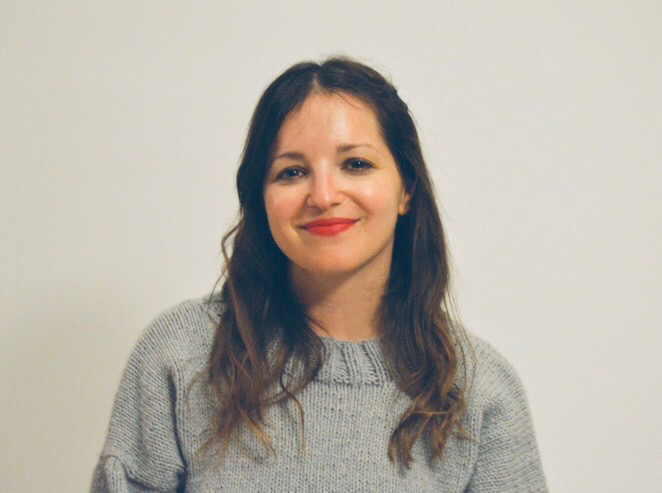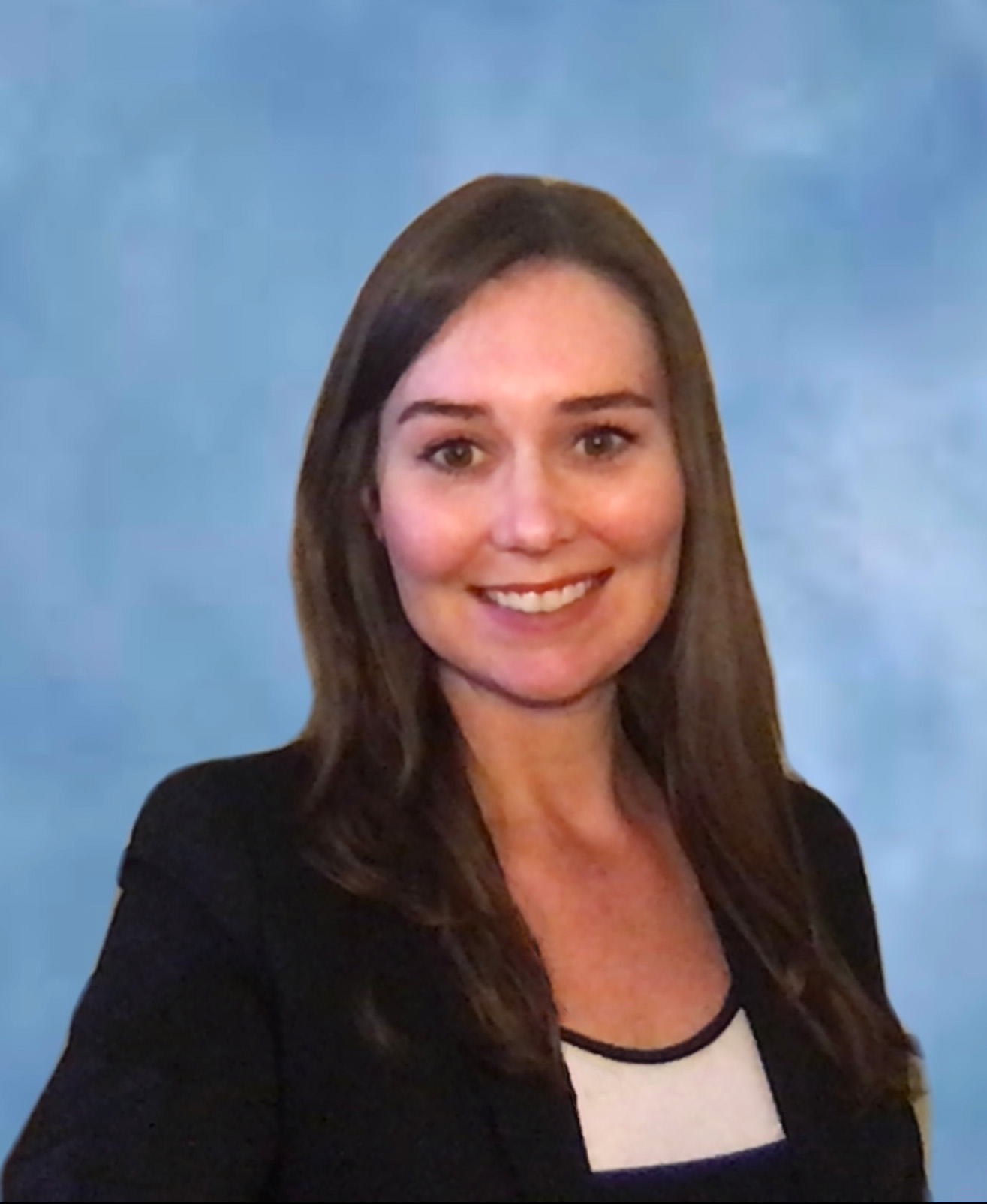Autism Spectrum and Developmental Disorders
(PS4-60) Promoting Neuro-affirming Care in the Dental Clinic: Examining Dental Resident Confidence in Adapting Treatment for Autistic Patients After Observing an Autism Diagnostic Evaluation
.jpg)
Tamara Rosen, Ph.D.
Psychologist
Drexel University and St. Christopher's Hospital for Children
Philadelphia, Pennsylvania, United States
Valerie M. Colantuono, M.S.
Board Certified Assistant Behavior Analyst
Drexel University
Philadelphia, Pennsylvania, United States
Hannah Bradley, Other
Chief Dental Resident
Drexel University, St. Christopher's Hospital for Children
Philadelphia, Pennsylvania, United States
Brigid Garvin, Ph.D.
Psychologist
Drexel University and St. Christopher's Hospital for Children
Philadelphia, Pennsylvania, United States
Author(s)
Co-Author(s)
There is a need to promote neuro-affirming care in dental settings (e.g., Lai et al., 2011); However, due to a lack of training in autism and evidence-based behavioral strategies for supporting autistic patients, dental providers often feel ill-prepared to treat this population (e.g. Alumran et al., 2018). Therefore, behavioral health providers at St. Christopher’s Hospital for Children (SCHC), an urban hospital primarily serving Medicaid patients from minoritized ethnic and racial backgrounds, developed a sensory-friendly dental program (SFDP). The SFDP educates dental residents on autism, and teaches behavioral strategies in-vivo based in CBT, (e.g., positive self-talk), ABA, (e.g., exposure), and the patient’s sensory needs (e.g., dim lighting). As part of this training, dental residents observed an autism diagnostic early intervention evaluation.
Patients were referred from the preschool early intervention system for an autism diagnostic evaluation, consisting of a caregiver diagnostic interview, Autism Diagnostic Observation Schedule, Second Edition (ADOS-2) administration by a psychologist trained to clinical and research reliability, and a feedback session. Second-year (n=6) dental residents completed a survey on how and whether the observation helped them to better understand autism and use the SFDP behavioral strategies. Likert-scale questions were rated on a 5-point scale ranging from 1 (strongly disagree) to 5 (strongly agree) that components of the observation were helpful.
All Likert ratings were equal to or higher than a 3 (agree). Most residents (n=5, 83.3%) had not previously observed an autism evaluation. All residents (n=6, 100%) strongly agreed that all dental residents should observe an autism evaluation. Most residents (n=5, 83.3%) strongly agreed or agreed that they better understood the purpose of the SFDP behavioral strategies, and all residents (n=6, 100%) strongly agreed or agreed that they were better equipped to use these strategies following the evaluation. Most residents indicated that they strongly agreed or agreed that they could better provide dental care to autistic patients and caregivers (n=5, 83.3%). All residents strongly agreed or agreed that it was helpful to observe the diagnostic interview (n=6, 100%) and feedback session. All residents who were able to observe the ADOS-2 strongly agreed or agreed that it was helpful to observe and score the ADOS-2 (n=5, 100%). Open-ended questions revealed that half of the residents (n=3, 50%) would like to increase the frequency of observation opportunities, across patient age-groups.
By directly observing an autism evaluation, dental residents gained a deeper understanding of autistic patients and how they interact with their environment. Residents expanded their understanding and confidence in using behavioral strategies to support autistic patients and families during dental care. The SFDP will examine caregiver and patient satisfaction data to evaluate whether training dental residents in the SFDP is promoting neuro-affirming dental care. Based on these results, other training programs may wish to create opportunities for dental residents to receive autism-specific training, including observation of diagnostic evaluations.

.png)
